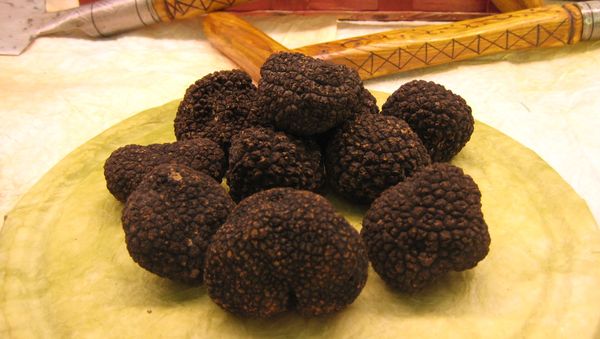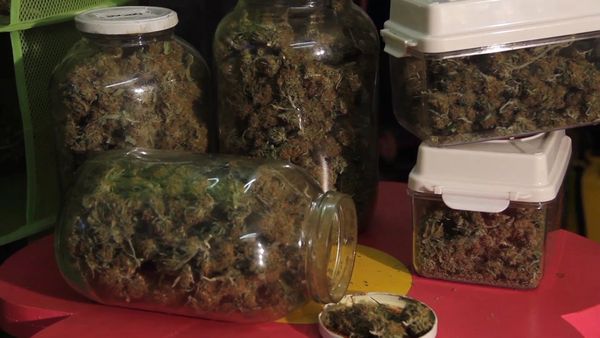- The researchers explain that these fungi contain anandamide, an element that emits their distinctive smell and makes them attractive to animals. In addition, the so-called "happiness molecule" affects the human endocannabinoid system and generates the same effects as the psychoactive component found in marijuana, acting against pain and depression, and making life more bearable.

The endocannabinoid system plays an essential role in many aspects of living beings' daily lives, especially people. It can generate certain elements involved in memory, the regulation of pain, diet, energy expenditure, and even everything related to fertility. It is precisely this system that usually sets animals (including humans) apart from plants.
Until now it was known that a plant, cannabis, was able to mimic the human body and generate a series of molecules similar to those created by the endocannabinoid system, in this case called "cannabinoids."
However, the latest findings by a group of researchers at the Universidad de L'Aquila, La Universidad de Teramo and the Biomedical Campus of Rome, and several Italian research centres, indicate that there is another living being that has its own endocannabinoid system, and that also generates substances that behave much like cannabis itself: black truffles.

Professionals believe that this fungus contains the key metabolic enzymes affecting the endocannabinoid system. The black truffle is expensive, popular, and much coveted in the world of gastronomy for its aroma, generated by its anandamide, also known as the "happiness molecule." This interacts with the human endocannabinoid system and generates in the consumer effects very similar to those of cannabis's psychoactive ingredient, which it tends to reinforce. This means that the plant, like marijuana, has much in common with many others.
Among other effects, anandamide triggers the release of chemicals in the brain and helps one to feel good, delivering major benefits to alleviate pain and fight depression. When humans consume black truffles they experience effects similar to those provided by cannabis, or those sensed when they naturally secrete anandamide.
Thanks to it the fungus also produces the delicate scent that attracts animals, who dig them up to eat them. All this links our favourite plant to one of man's most important biological systems, and to an exquisite and much-prized delicacy.


Comments from our readers
There are no comments yet. Would you like to be the first?
Leave a comment!Did you like this post?
Your opinion about our seeds is very important to us and can help other users a lot (your email address won't be made public).